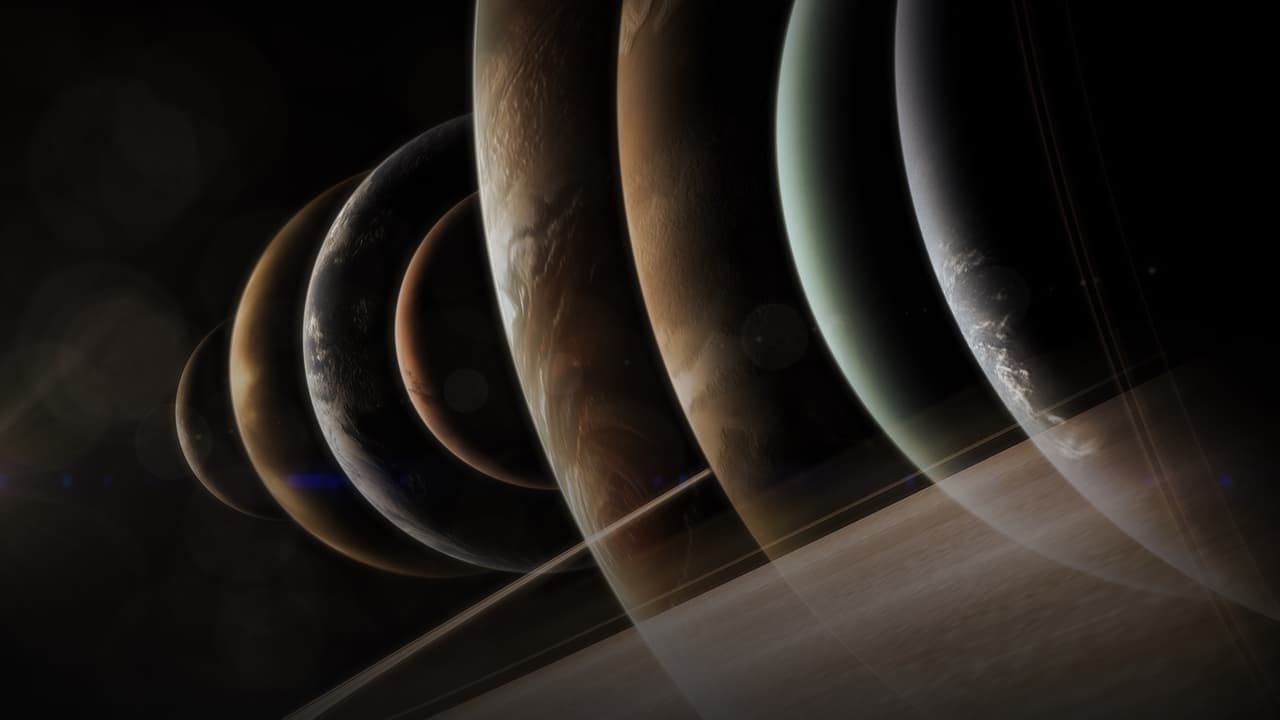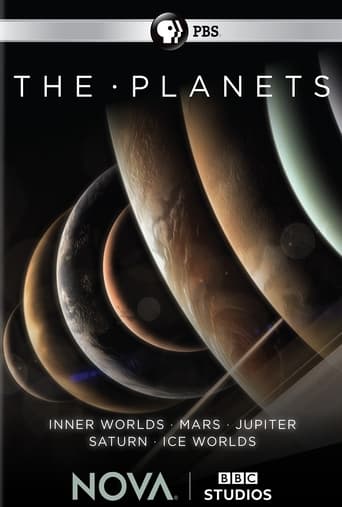NOVA: The Planets Season 1

The life of our solar system told in five dramatic stories spanning billions of years.
Watch NowWith 30 Day Free Trial!
NOVA: The Planets
2019
The life of our solar system told in five dramatic stories spanning billions of years.
Watch Trailer
With 30 Day Free Trial!
NOVA: The Planets Season 1 Full Episode Guide
Over a billion miles from the sun, beyond the rocky inner planets and the gas giants, lie the ice words—Uranus and Neptune. NOVA takes you inside the missions that rewrote the story of the outer solar system: NASA’s Voyager 1 & 2 capture Neptune’s supersonic winds, and rings around a tipped-over Uranus. And when New Horizons flies by Pluto in 2015, it reveals jagged ice mountains and an underground ocean.
Over the past 40 years, a handful of space probes has given us glimpses of Saturn. But NASA’s Cassini, which explored the gas giant’s realm for 13 years, delivered the most breathtaking new insights. NOVA takes you inside Cassini’s epic journey as it makes stunning discoveries: Saturn’s rings are younger than the dinosaurs and may be remnants of an ice moon. And geysers erupting ice and gas on the moon Enceladus show that it could have all the ingredients for life. But to protect it, the Cassini mission team makes a bittersweet decision.
Jupiter is not just the oldest planet orbiting the sun—it’s also the largest. So when the young gas giant went on a rampage through the inner solar system, it shaped the fate of everything in its path. Speeding towards the Sun, Jupiter’s massive gravitational force hurled debris into interstellar space, stunting the growth of would-be planets. Earth might have been doomed had Saturn not pulled Jupiter back. Today, Jupiter resides in the outer solar system, where its gravity bends the paths of asteroids and stokes volcanic activity on its moon Io. But it could one day wreak havoc again.
The Red Planet was once a vibrant blue water-world, home to raging rivers, active volcanoes, and even an ocean. But as the young planet’s core cooled, its magnetic field and protective atmosphere faded, eventually exposing it to the wrath of the sun. With its volcanoes extinguished and its water lost to space, Mars became the frozen desert planet we know today. But if it once had many of the ingredients necessary to form life, how far along might that process have gotten?
The four planets closest to the sun, called the rocky planets, were born from the same material in the same era. But they couldn’t be more different: Tiny Mercury is the runt of the litter, almost like a moon. Venus is devilishly hot, and Mars is a frozen desert world. Only on Earth do we find the unique conditions for life as we know it. But why only here? Were Earth's neighbors always so extreme? And is there somewhere else in the solar system life might flourish?
Free Trial Channels
Seasons


























